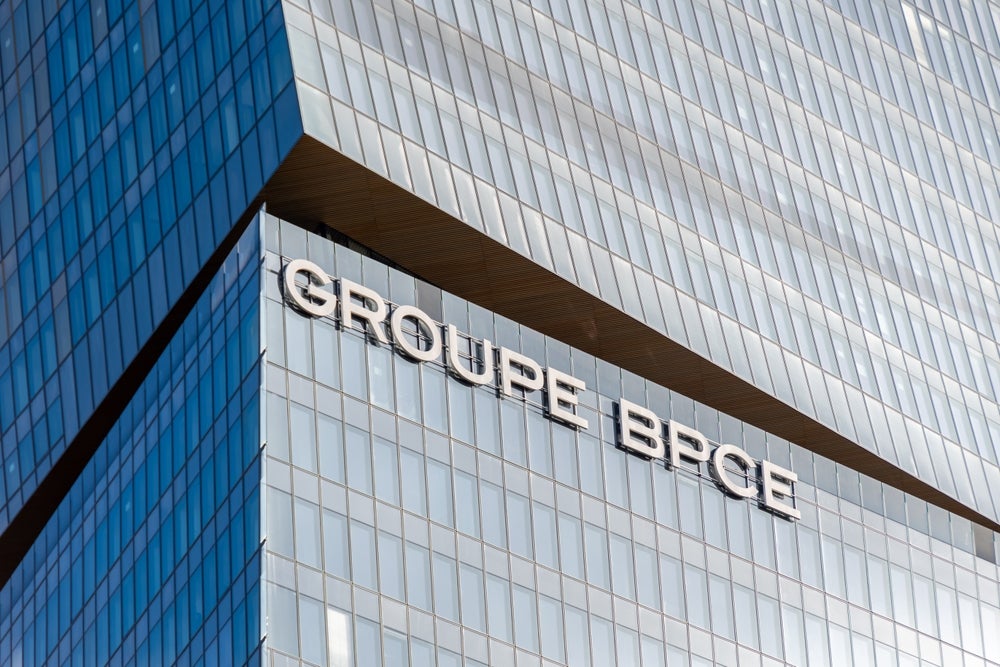Recent vendor finance court case puts lessors on the defensive,
while the captive market remains small.
The Dutch leasing market sprang a surprise last year when it
recorded a 24 per cent increase in production volume to over
€6.1bn.The Dutch leasing association, NVL, called this the highest
ever result in its 35-year history.
What made it more impressive was the fact that in other mature
markets in Germany, Belgium, the UK and France, business volume
grew at an average of only 6.5 per cent in the same period.
Of the various asset classes, machinery and transport equipment
registered the highest growth rates, of 32 per cent and 25 per cent
respectively.
Notably within the transportation sector, competition continues
to be especially strong among leasing companies, vendors and
captives. A total of €1.7bn in business volume was written in the
sector last year.
As Europe moves towards compliance with EURO 4 and EURO 5
emissions levels, the market for vehicles has become highly
cyclical, NVL says. Developments in Eastern Europe are also causing
considerable fluctuations in vehicle sales. In the Netherlands,
DAF, the Paccar-owned brand, commands twice the market share of
other suppliers.
How well do you really know your competitors?
Access the most comprehensive Company Profiles on the market, powered by GlobalData. Save hours of research. Gain competitive edge.

Thank you!
Your download email will arrive shortly
Not ready to buy yet? Download a free sample
We are confident about the unique quality of our Company Profiles. However, we want you to make the most beneficial decision for your business, so we offer a free sample that you can download by submitting the below form
By GlobalDataNVL notes, however, that the overall remarkable performance
cannot be explained by a general rise in investments alone.
Regulation
Instead, it is likely that Basel II legislation may have been a
driving force behind the increase in leasing. As noted, within the
negotiations on the Basel II accord, leasing, in spite of being a
form of asset-based lending, does not qualify as a distinct product
compared to other forms of credit.
Yet for prudential reasons, banks are believed to have actively
allocated resources to encourage leasing.
“That could be the case, otherwise I can’t explain why there is
such an enormous increase in business,” says Gerard van Lokven of
the NVL.
“This has been an internal question within banking groups.
[Leasing] subsidiaries have convinced their parent companies that
leasing is a better form of financing, so it might be better
to increase leasing rather than normal plain vanilla lending.”
The NVL predicts that this development will continue during
2008.
Increasingly, the bank branch network has become the most
important sales channel for lease products, with the share of lease
products sold through branch networks comprising 75 per cent in
2007 against 63 per cent in 2006. Predictably, the products
marketed through this channel are predominantly finance leases and
hire purchase agreements, and mainly pushed to the SME
segment.
“The networks of banks are of course very, very important, but
that is, of course, related to commodity products or relatively
simple products, not ones that require fiscal accountancy or legal
support,” van Lokven says.
Increased usage of the branch network also plays a key role in
reallocating banking groups’ resources towards leasing.
Meanwhile, vendor programmes are also increasing in importance
as a tool to sell lease products. Last year vendor programmes as a
percentage of total production rose to 25 per cent compared with 22
per cent in 2006.
Even though vendor programmes are not a new innovation in
leasing, the NVL in its latest report has raised the red flag of
possible future disputes that could arise in situations of
default.
This was triggered by a recent case heard by the Dutch Supreme
Court. In this case the customer sued the leasing company for
shortcomings on the part of the vendor. While it turned out that
the court did not find the lessor liable for the default committed
by the equipment supplier, leasing companies are taking this as a
warning sign that the tables could be turned in future cases.
“In this case the lessor got his right so there was no problem
at all. But it was the argument of the supreme court that pointed
to the direction where it could go in future cases,” van Lovken
says, while declining to name the parties involved in the case.
Vendor finance
It is likely that future contracts of vendor programmes will be
drawn out much more carefully, with the responsibilities and
liabilities of the financier more clearly defined.
With the development of vendor finance well entrenched in the
Netherlands, it is no wonder that there hasn’t been any growth in
captive leasing as the share of market volume has remained stable
at about 10 per cent for the past few years. Financial institutions
with the backing of huge branch networks continue to provide a
better option for a sales-support programme.
As for direct-to-market approach, this business channel has been
steadily declining in market share from 23 per cent in 2005 to 18
per cent in 2006 and down to 14 per cent in 2007.
Legal and accounting issues continue to trouble the leasing
industry, nonetheless. The NVL, in consultation with the Dutch
Bankers’ Association, is making contribution to a Draft Bill
Insolvency Act, recommending that tax privileges be aligned and the
right of seizure be abolished.
The leasing industry has concerns that the proposed new laws
grant too much power to receivers, and severely limit the power of
lessors to terminate contracts, especially finance leases and hire
purchase agreements, when a customer becomes insolvent.
Meanwhile, the long drawn debate with accounting standards
setters over the treatment of leases in financial statements
continues. With the debate and negotiations led by Leaseurope in
Brussels, Dutch lessors view the current proposals as impractical,
and are anxious to see an outcome that suggests a fairer treatment
of leasing.
“The International Accounting Standards Board is developing a
separate programme for the lessors and the lessees, and we are
strongly against that because we don’t think that it is wise to
develop new rules for lessees, for instance, and forget the
counterpart the lessors, or the other way around,” van Lokven
says.
While it appears that the financial crisis, falling asset prices
and inflationary threats to economic growth have yet to hamper
Dutch leasing growth, the NVL still maintains a cautious outlook
for 2008.
Although the official forecast is that the Dutch economy will
grow 2.6 per cent, slightly above the 2.4 per cent average of the
EU, the association expects this figure to be adjusted downwards.
Inflation and other concerns will deal a blow to the Dutch economy
in the second half of this year and possibly hinder domestic
investment in capital goods.












